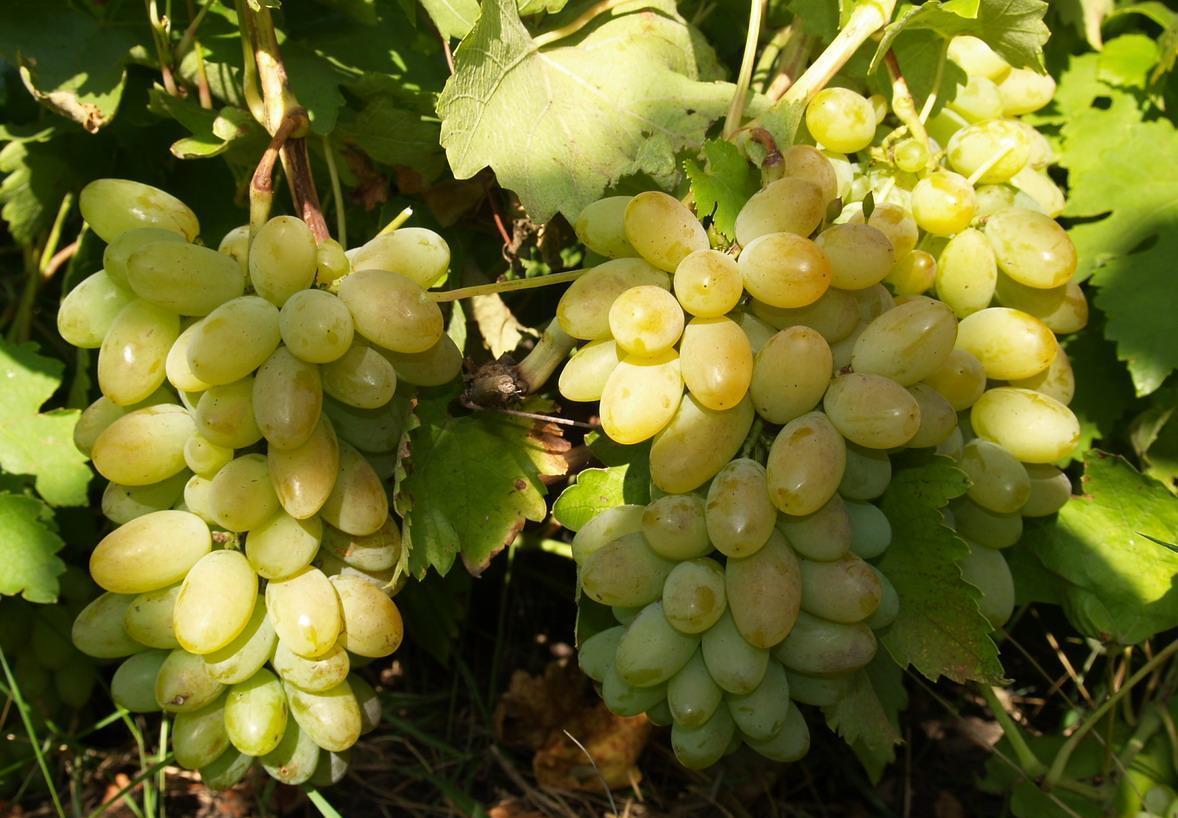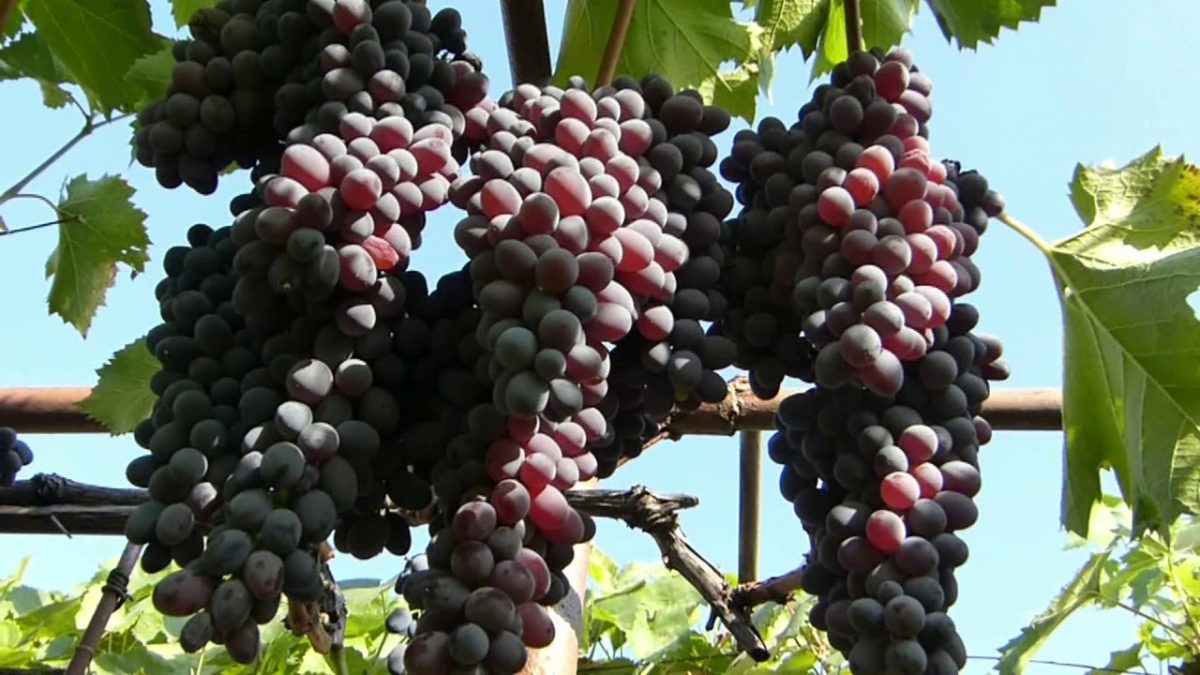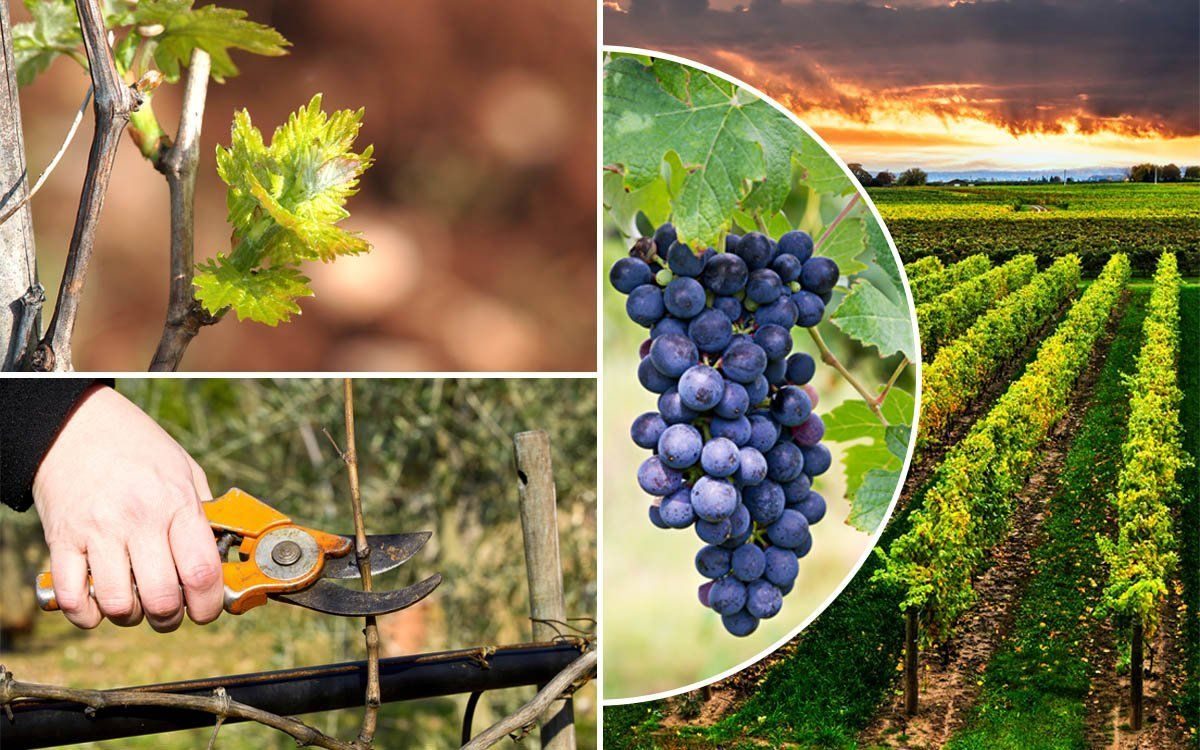Berries
Long gone are the days when grapes were considered an exotic southern berry. Thanks to the efforts of breeders and enthusiastic gardeners, he won his place in the summer cottages of central Russia. Perhaps the most inconvenient in growing it is only a shelter for the winter, otherwise growing grapes does not present any particular problems.
The Viking grape has garnered the most controversial reviews. Its superior qualities compete with serious disadvantages. One thing is clear - this hybrid is not for industrial cultivation and, most likely, not for beginners. Viking is designed for the professional amateur, which is exactly what its creator is.
On garden plots, raisins are increasingly found. For many lovers of sunny berries, the complete or almost absolute absence of seeds in berries is a huge advantage over table grapes. Moreover, new varieties of raisins are constantly appearing, which can be grown in regions with cold winters. And although the dictionaries interpret the word borrowed from Persian "kishmish" as "small sweet seedless grapes and raisins from it", I want to argue with them. Varieties of modern breeding give rather large seedless berries, from which excellent raisins are really obtained. An example would be the Jupiter variety.
Grapes are a heat-loving plant. Mild southern winters, without strong and prolonged frosts, make it possible to grow it there without a covering method. What should those who live in Central Russia, Siberia or the Urals do and want to grow this wonderful crop on their site? You can plant grapes and get good yields even in harsh climatic conditions. To do this, you should choose varieties with greater frost resistance, and be sure to cover the vines for the winter. Then the question arises: when to remove the shelter and how to properly care for the grapes in the spring?




